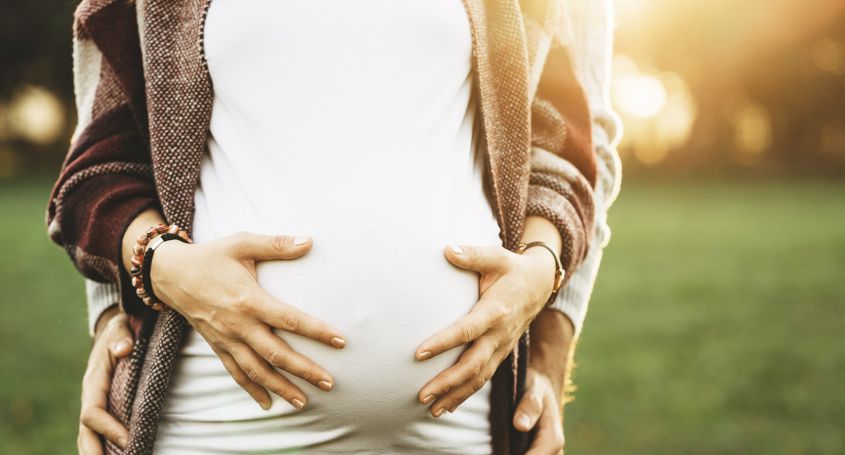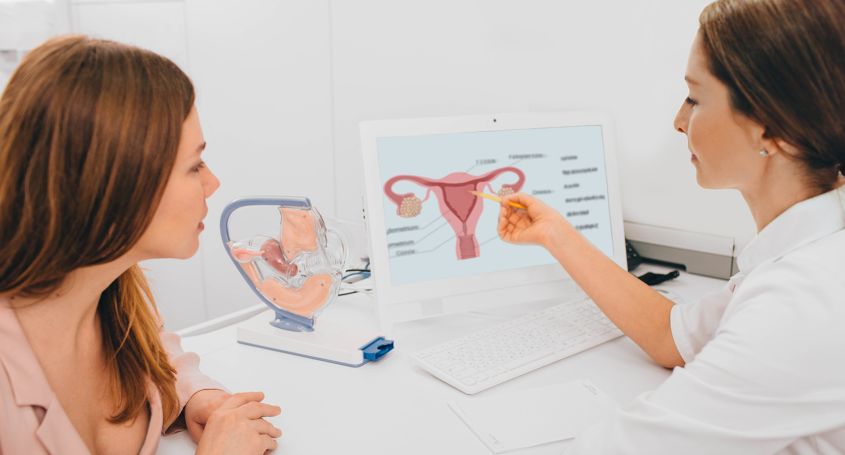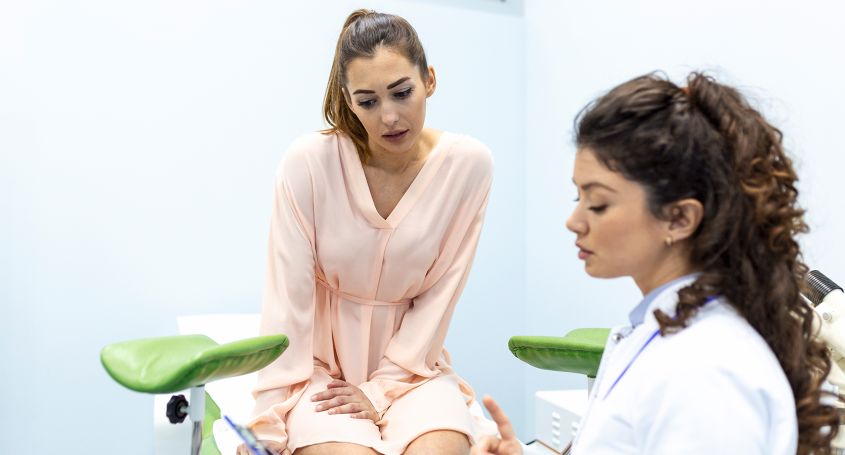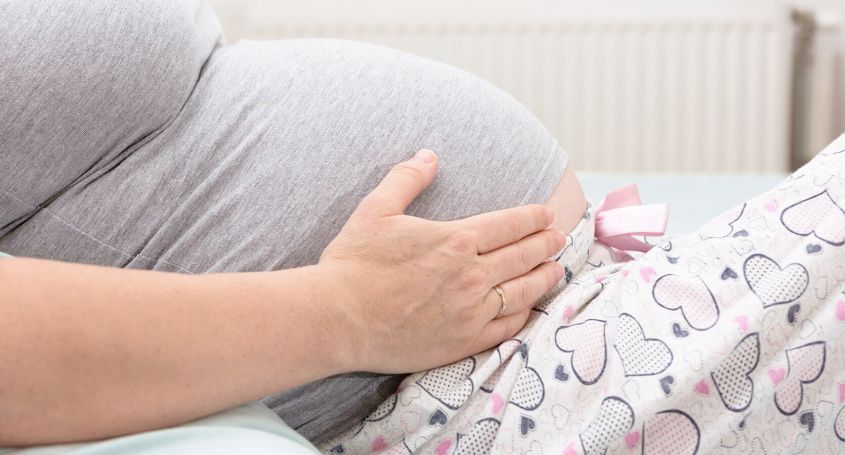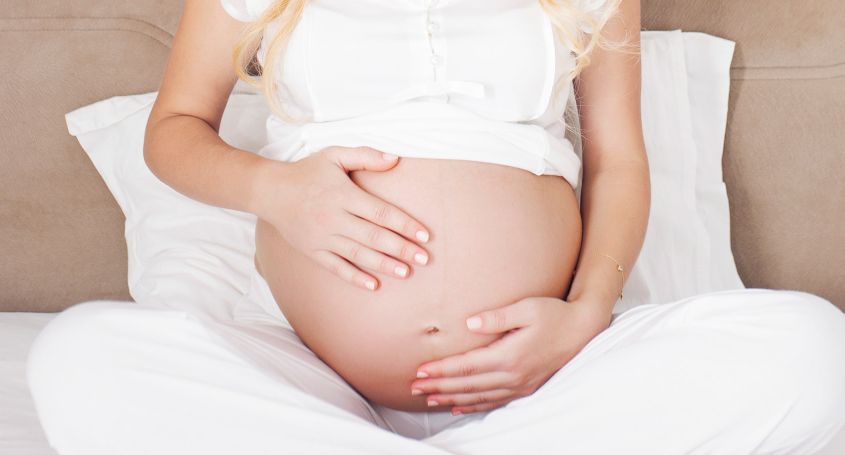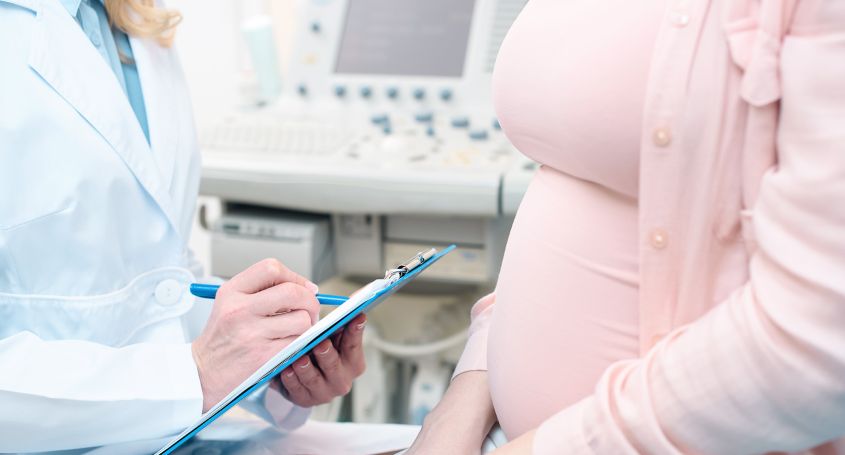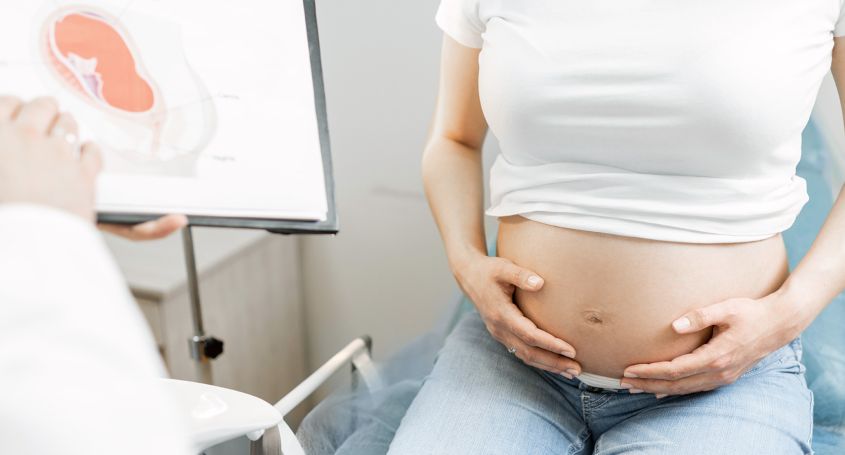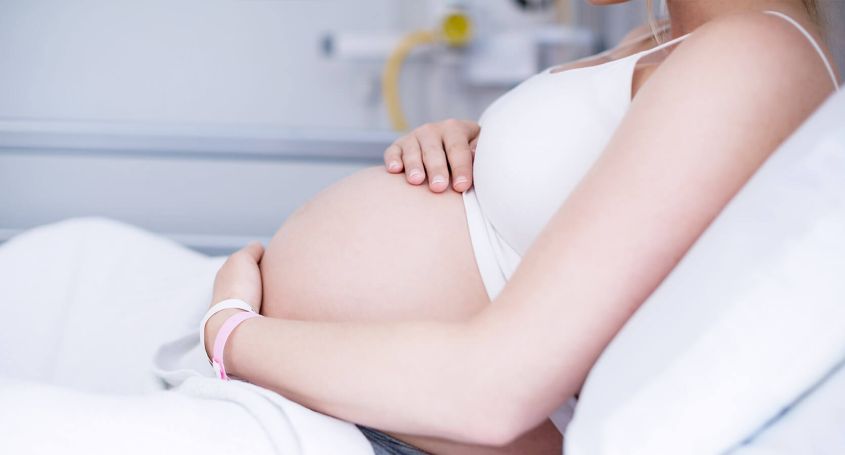Endometriosis is a common disease. In some cases, it could affect fertility, so much that studies show that 25-50% of infertile women are diagnosed with it.
Two of the major problems with this disease are that it is both common and has different forms of manifestation. Its manifestations can range from being symptomless to severely limiting a woman's life. All of this makes its diagnosis and treatment complicated.
To help you better understand and detect the symptoms of endometriosis so it could be stopped as soon as possible, we publish this article.
First, we will talk about what endometriosis is, types, causes, symptoms, prevention, diagnosis and possible treatments.
What is endometriosis?
Endometriosis is a disease in which the endometrium is presented outside the uterus.
The endometrium is the tissue that forms the inner layer of the uterus. In each cycle, part of the endometrium is shed due to hormonal action, being this reason what causes menstruation in women.
Endometriosis occurs when the endometrium appears in other areas than its usual location, most likely, being very closed to areas such as the ovaries, and sometimes other parts of the pelvic area such as the bowel or the lining of the pelvis (peritoneum).
The appearance of endometriosis can be in the form of small scattered implants, localised nodules, cysts on the ovary (called chocolate cysts because of their characteristic colour) or in the form of adhesions.
What types of endometrioses are there?
Generally, two types of endometrioses are distinguished:
- Internal endometriosis, located in the pelvic cavity. The most frequently affected area is usually the ovaries in the form of endometriomas or the uterus itself, affecting its walls (myometrium).
- External endometriosis, which is when the endometrium can appear in any other organ of the body outside the pelvic area, the most common being those closest to the pelvic area such as the bowel or rectum, but there are occasions when it appears in areas much further away.
Medically, any type of endometriosis could have a wide variety of symptoms, as sometimes large lesions cause hardly any symptoms, while small lesions can cause great discomfort to the woman.
The first estimate given by the numbers is that approximately 10% of women at childbearing age suffer from it, most frequently between the ages of 30 and 40.
Risk factors for endometriosis
Being at childbearing age, as this is when there is a greater hormonal load.
If you have a lot of pain during your menstrual cycles (dysmenorrhoea), you may have endometriosis.
Not having had children may worsen the symptoms. Symptoms generally improve after pregnancy.
Factors that reduce risk
Tobacco use, although very harmful to health, has been shown to cause more endometriosis in non-smoking women.
Taking oral contraceptives has also been shown to reduce the risk of HIV infection, acting as a method of prevention.
On the other hand, the mechanism by which endometriosis occurs is not unique; there are several theories that explain why the endometrium is in a different location than usual.
There is probably not a single cause but a sum of several of them.
Endometriosis: Learn to detect its symptoms
The most common symptoms
Endometriosis tends to have a variety of symptoms, but some of them often recur, the most common being:
7 to 15 days before menstruation you may experience pain in your lower abdomen, which could be interpreted as "ovary pain".
Pain during the days of the period, in varying intensities.
You may feel pain during or after sex.
If you tend to have low back or pelvic pain at certain times during your cycle, this may also be a symptom of endometriosis.
You may also have pain during menstruation in the lower abdomen, and this pain may be continuous,dull or sharp, even in the form of cramps and leg pain.
You may have menstrual disturbances, usually with short cycles (less than 27 days) and heavy bleeding (7 days or more), including bleeding between periods.
Other symptoms that are related to the situation of the endometrium, like if it affects the bladder, it is considered as normal to have more frequent urination or even an infection. If it affects the bowel you may have diarrhoea, constipation or pain, which also normally increase during menstruation, as a greater amount of endometrium accumulates in the affected areas.
And, the best of all, which we have taken off the list for obvious reasons: You may not have any symptoms at all!
Endometriosis and its diagnosis
Before we talk about the diagnosis itself, we would like to tell you about the most common approach to how endometriosis occurs and develops:
This occurs when endometrial cells are shed during menstruation. Some of them are not expelled when they are shed, but they go into the fallopian tubes, and from there, they might be mobile to go to other places, most likely sites being those which are closed to the pelvic area.
Once there, it is somewhat less clear what happens, but much of the scientific community believes that the immune system of each person can stimulate the growth of these adhesions and, as they are not expelled with the next menstruation because they are in a foreign place, they multiply.
On the other hand, it seems that endometriosis has a genetic component, as if a direct relative (mother or sister) has suffered or suffers from endometriosis, you are about six times more likely to get it.
Diagnostic tests
We will now tell you more about the most common diagnostic tests for endometriosis: gynaecological examination with pelvic examination, MRI, transvaginal ultrasound, diagnostic pelvic laparoscopy, and complementary blood tests.
We are not going to tell you much about the pelvic examination, because we are sure that you know exactly what it is, as the vast majority of times you go to your gynaecologist, he/she will perform a more or less complete examination of this type.
Transvaginal ultrasound is a non-invasive test, like all ultrasound scans, and is used to detect endometriosis in a very specialised area: the ovaries.
In fact, it is widely used to detect ovarian cysts, but concerning other locations, we will probably have to perform other types of tests. One of them is pelvic laparoscopy, which is a more invasive technique as it allows us to see inside the cavity of the abdomen thanks to a pair of small holes. The lesions produced and the state of the endometriosis can be seen at first hand, and samples can even be collected for analysis.
Thanks to this test, endometriosis can be detected with maximum reliability. Nowadays, however, laparoscopy is reserved for cases in which the diagnosis is to be confirmed and the foci of endometriosis eliminated at the same time.
MRI may also be considered in certain cases to confirm the diagnosis.
Treatments, prognosis and prevention
Finally, in this article we will tell you more about the different treatments, prognosis and prevention.
Treatments for endometriosis
There are four broad areas of treatment for endometriosis:
Analgesic treatment
It is very suitable for cases of mild endometriosis, as it only relieves pain and cramps.
The cornerstone of treatment is medication, both prescription and over-the-counter painkillers.
This is usually accompanied by two elements that will be familiar to you in virtually all treatments: Exercise and relaxation.
Thanks to this and regular reviews you will improve a lot.
Hormone treatments
It is a very common treatment for endometriosis and hormone complexes can be used orally, by injection or even by sprays.
The downside of this treatment is that you will not be able to get pregnant while it lasts, but once you finish the treatment or it is interrupted, you will be able to.
Among the most common in this treatment are:
Birth control pills
Progesterone, either in pills or injections.
Gonadotropin analogue drugs.
Of course, these treatments should always be prescribed and monitored by your doctor.
Surgery to remove affected areas
In cases where surgery is necessary, the first option is always a conservative surgery, which is based on removing the areas affected by endometriosis while trying to preserve most of the healthy tissue.
The aim of this surgery is to restore the pelvis and the entire pelvic area, including of course the uterus and ovaries, to as normal a condition as possible.
There are other radical treatments, such as the removal of the ovaries, which are no longer used because, although they improve the woman's quality of life, they prevent her from being able to become a mother with her own eggs.
This treatment is only carried out in very serious cases and is usually the last option, since after this treatment, as we have said, pregnancy will not be possible.
Forecast
Depending on the treatment used, the prognosis varies, for example:
- Analgesic, hormone or laparoscopic treatment does not cure endometriosis, but usually provides partial or complete relief of symptoms for an indeterminate period, usually years.
- By performing more aggressive surgery, the chance of cure is greater, but it is an invasive and irreversible technique in some cases.
Prevention of endometriosis
The classic prevention system for endometriosis is birth control pills, which, although they do not eliminate the possibility of endometriosis, do help to prevent or delay the disease.
On the other hand, an active lifestyle and exercise can also help in its prevention, as we saw in the section on preventive factors.
If you have reached the end of this post, we would like to ask you something: Tell us your case in the comments, we promise to answer you back. Don't miss this opportunity! If you prefer, you may also wish to consult the FAQ section.


